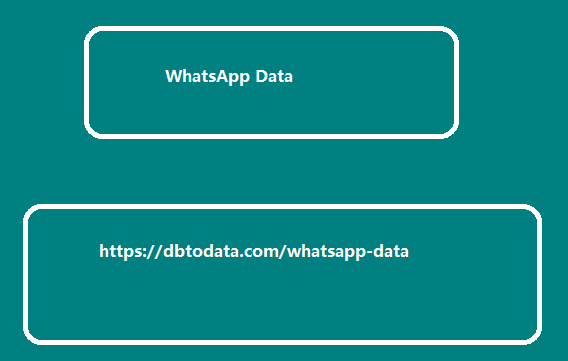The other day I pitched a new idea for a tourist app. Apparently Google beat me to it by launching something almost identical to “my vision” called Goggles . Basically you take a photo of an object and it returns additional information about it. So far it works for products, tourist attractions and a museum (Metropolitan Museum of Art). Google web scanningPhoto rights by Fotolia Google may already automatically recognize the type of website We agree that, at first glance, not knowing the technology behind it, it seems somewhat complex to take a photo of the Eiffel Tower and receive back a Wikipedia entry or other relevant information.
The difficultyfrom my point of view
arises in always recognizing the same subject when the angles and quality of the photo vary. Let’s take another example. If you want to take a photo of a web page, you simply take a screenshot. Except for the size, there are no variations in quality or angle. I think we can agree that it should be relatively easy for Google to recognize the type of website (portal, forum, blog, online store, etc.) based on its structure through a simple screenshot, even in an automated way. Beyond interpreting a page at a content level, it makes sense to add the layer of analysis at a visual level . With Goggles you have shown that it should be a simple thing that you could even be doing already.
Are old-school Made for Adsense pages
on the way out ? This makes me think. There are many Made for Adsense (MfA) type pages on the web. I don’t think this is bad by definition because even Trovit or Softonic ultimately base the vast majority of their income on clicks on their users’ ads (although it is true that Softonic must also have a significant share of downloads). These types of pages may israel whatsapp number data even be desired by Google if they manage to provide value (or let’s say from the search engine’s perspective). There are also many MfAs that I would call “old school”. I mean pages that live off of affiliation and Adsense ads. You only need to take a quick look at the website to recognize them as such .
I think they have not changed in a decade
in terms of structure, content or type of design. They have evolved because now we know that we have to add a legal notice, an about us page, social networks, etc. so that everything looks more natural. Although they try to disguise it by adding i give you an idea – a blog for eternity elements that Google automatically crawls at the content level, they do not try to hide their real identity at the visual level. If you have seen one, you have seen them all. Google does not like these pages very much and would like to make them disappear as soon as possible from the top of their rankings .
I think it’s a relatively short time
before Google implements visual recognition to identify MfA-type pages and automatically remove them (or by adding an additional human filter). It would buying house b probably do a major cleanup of its rankings , according to its definition . If you don’t want to lose all the work invested, I recommend you get your a

